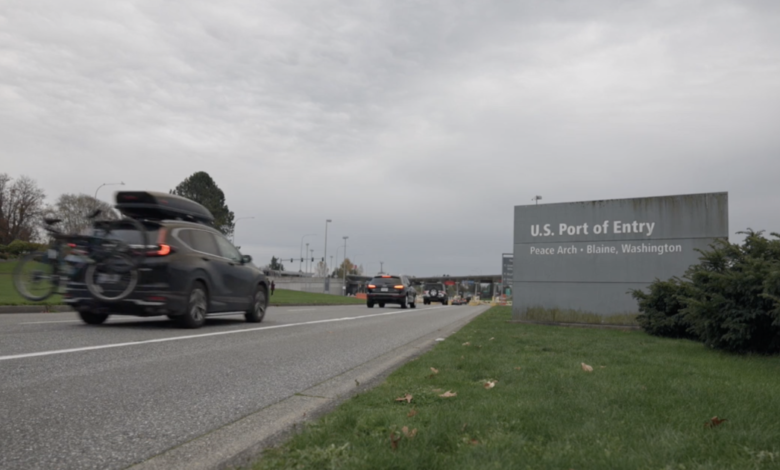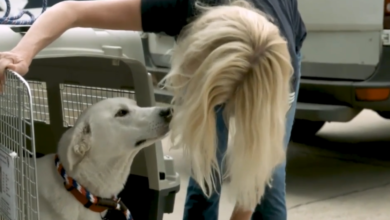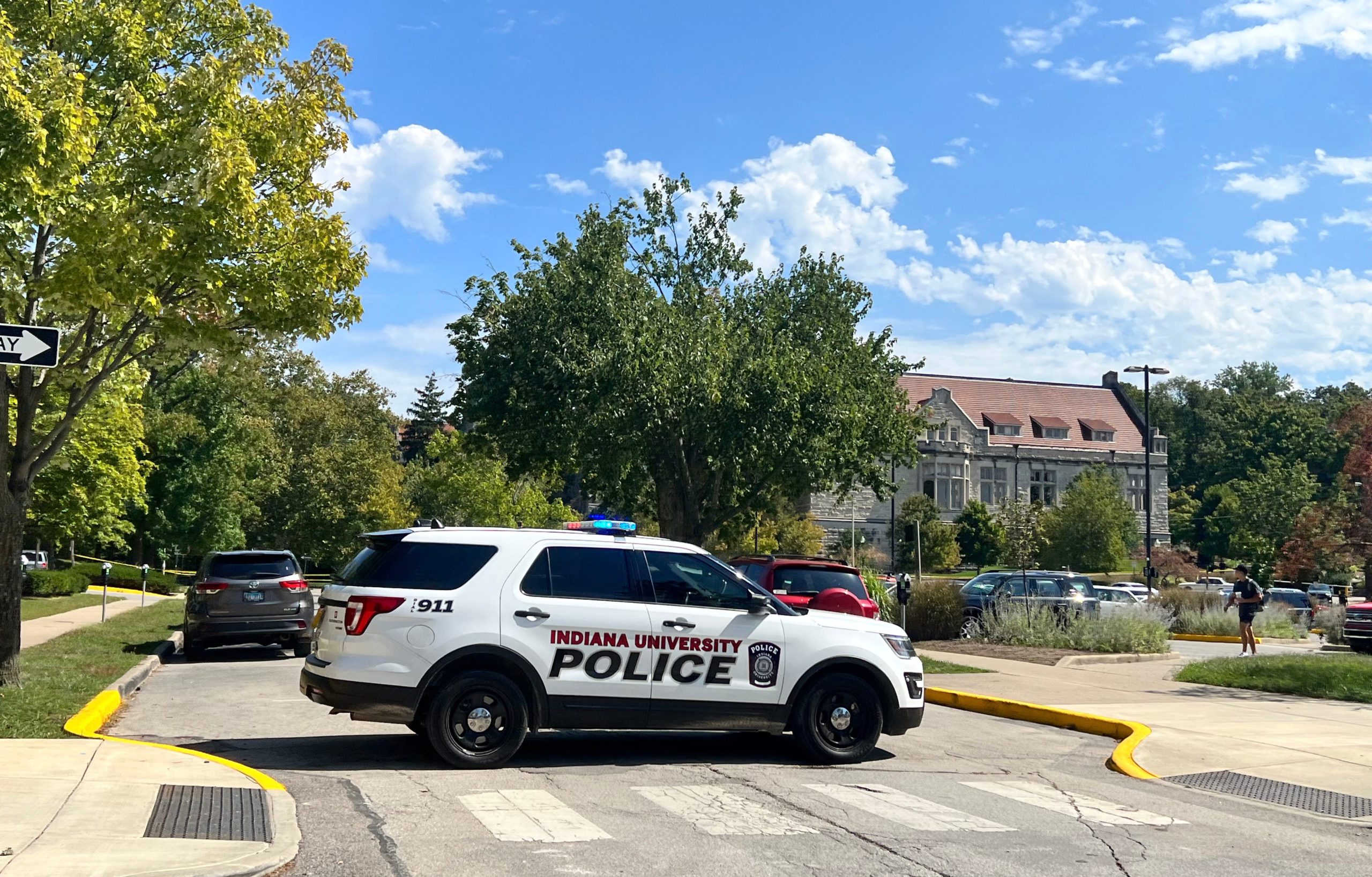
BLAINE, Wash. — In between two border checkpoints, for two nations, sits one monument: the Peace Arch.
“The park is a solace,” said Christina Winkler. “It's a refuge.”
Inscribed at the top are the words “Children of a Common Mother.” It’s a reminder of the close ties between the U.S. and Canada.
Those ties also bind the people here.
“My dad was from England. My mom was from Vancouver, BC and they came to America to raise their babies,” said Winkler, who is president of the International Peace Arch Association. “I arrived when I was three days old. Been here ever since.”
Winkler lives in Blaine, Washington, right near the border. For her and many here, COVID wreaked havoc on the land border crossing and their lives.
“What we have been through with the border closure and these families is really unimaginable,” she said.
It was also unimaginable to those whose business is the border.
“It was so heavily restricted that it was closed to the vast majority of people that would typically cross it,” said Laurie Trautman, director of the Border Policy Research Institute at Western Washington University.
Trautman said border communities on the U.S. side, which tend to be smaller, more rural and rely heavily on Canadian visitors, have been hit hard.
“It was pretty staggering, especially things like the gas tax. Communities here that are adjacent to the border can put in an additional fuel tax, and that really drew on Canadians who would come over and fill up their tanks when they were going shopping,” Trautman said.
She added that border communities felt ignored by both the U.S. and Canadian governments.
“I don't think that people in borderline communities were really heard by either administration and particularly by the White House,” Trautman said. “We need a land border. That's how we're tied together and that's how we've evolved together.
Amid all the restrictions at the border, though, something unexpected happened at Peace Arch Park, a renewed purpose.
Because of its unusual location, spanning both sides of the border, it’s become a place where people can come in from both countries and meet one another freely, as long as they don’t venture beyond the park’s borders.
“I have been brought to tears many times,” Winkler said. “I have seen people see their grandbabies for the first time after a year and a half.”
It’s all thanks to a park with a special arch, which is celebrating its 100th anniversary this year. Its builders came back from World War I and survived the Spanish Flu pandemic, before finally finishing the arch in 1921.
They left behind one last message inscribed within it: “May these gates never be closed.”
“If they can go through a war and a pandemic and come home and survive tough, tough times and leave us, their children, a beautiful gift like this, I think it's a great place for us to start,” Winkler said.
The hope now is that any step at the border towards a return to normalcy is a step in the right direction so that the gates remain open for a century more and beyond.









